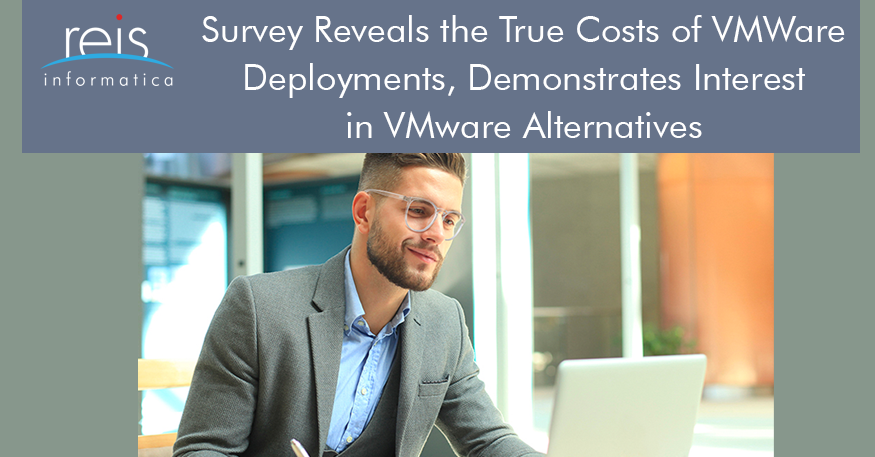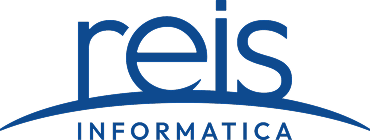When VMware successfully virtualized the x86 architecture two decades ago, IT leaders were handed a new tool for lowering costs. Suddenly IT departments could significantly reduce capital expenditures by better utilizing their existing server resources. A recent survey of 250 VMware users confirms “increasing costs and resources” as the challenge most frequently cited for adopting virtualization. Today VMware boasts an estimated 75% share of the server virtualization market. But what have we learned after 20 years of experience with VMware? How real are the cost savings? And does VMware remain a viable candidate in the new age of virtualization?

Our VMware customer research study exposes the hidden costs of VMware deployments. Ironically, they are the exact kinds of costs modern infrastructure models such as hyper-convergence and edge computing promise to trim from corporate budgets. Which leaves us wondering, why aren’t VMware customers able to realize these benefits? The research findings represent a cross section of small, midsize and enterprise organizations from across more than 20 industries. All of the responding companies have virtualized their on-premises servers and among them 62% of their applications are virtualized. The study was conducted by Spiceworks, in partnership with Scale Computing. You can see the full results in an infographic, and more information, here.
30% of VMware admin time is spent on maintenance
Across organizations, an average of 12.3 hours per week is spent managing and patching VMware solutions. Worse yet, enterprise IT admins estimate they spend 16 hours per week or close to 900 hours per year on routine maintenance tasks. In an age of autonomous technology—autonomous transportation (self-driving vehicles), autonomous retail (Amazon Go), autonomous surgery (surgical robots)—no one should be spending that kind of time maintaining IT infrastructure. Operational simplicity is among the top cost benefits of hyper-converged infrastructure. Less time deploying and managing, more time on strategic priorities that drive business results. By comparison, a typical Scale Computing customer reduces on-going management costs by 60-80% due to the automation and machine intelligence inherent in our HC3 solutions.
85% of VMware deployments suffer annually from downtime events
Whether the result is a mild inconvenience or a catastrophic business loss, the undeniable truth is that downtime is an IT person’s nightmare. Across all company sizes, our survey respondents reported an average of four downtime events and seven hours downtime annually. Those stats are painful given Gartner estimates downtime costs businesses an average of $300,000 per hour. But consider this, in our study 1 in 4 companies experienced downtime exceeding 24 hours in the last twelve months. Talk about catastrophic potential! Our modern VMware infrastructure alternative, HC3, has monitoring and self-healing properties to anticipate and automatically prevent downtime. HC3 is always monitoring for complex system failure conditions and when detected takes immediate corrective action to prevent systems from going offline without the need for IT staff intervention. Even when hardware components fail, application workloads automatically shift to redundant hardware components so they continue operating.
1 in 5 VMware certified experts leave the company after being trained
VMware has a robust certification program characterized as a “must-have” for IT professionals to develop proficiency with their solutions. The average cost to complete a VMware certification in the U.S. is $4,500 and usually requires multiple years of experience with the products. Our survey respondents report training an average of 8.5 experts over the past two years. As if that is not enough for hidden costs, remember that 75% market share? VMware certified professionals are in high demand and garner high salaries. So, when 20% of them take their skills elsewhere, the company will spend 1.5-2X their salaries to replace each of them. Well regarded training and support is a critical component of customer success for any technology company. But as an IT team, we recommend you just choose infrastructure like HC3 that is so easy to use it can be deployed in minutes without any specialized training or certification.
50% of VMware deployments fail to utilize the full range of capabilities of the solutions
In service to customers, VMware has introduced a bevy of new capabilities over the years. But in our survey, nearly half of respondents say they are not fully utilizing the available features of their VMware deployments. This finding could be a consequence of the training and attrition issue already discussed. It may suggest the complexity of the product exceeds the needs of customers. Or it could mean simply that the capabilities added do not ultimately help customers achieve the outcomes they seek—like reducing downtime and simplifying management costs. Scale Computing was just named as a 2021 Customers’ Choice in the Voice of the Customer by Gartner Peer Insights. This distinction is earned by peer ratings and reviews of our solutions based on the combination of product capabilities and sales, deployment and support experiences—the average of which exceeded that of VMware.
Of course, data points and statistics never tell the whole story. In order to get a more complete picture, it’s just as important to understand the qualitative aspects from people who have walked this road themselves. What follows are just a few verified testimonials from TrustRadius that capture the voice of real-world customers who made the switch and show how Scale HC3 has helped them alleviate complexity, reduce their costs, and free up valuable IT resources.
Source:
Written by Scott Loughmiller, Chief Product Officer, Scale Computing • Jul 13, 2021

